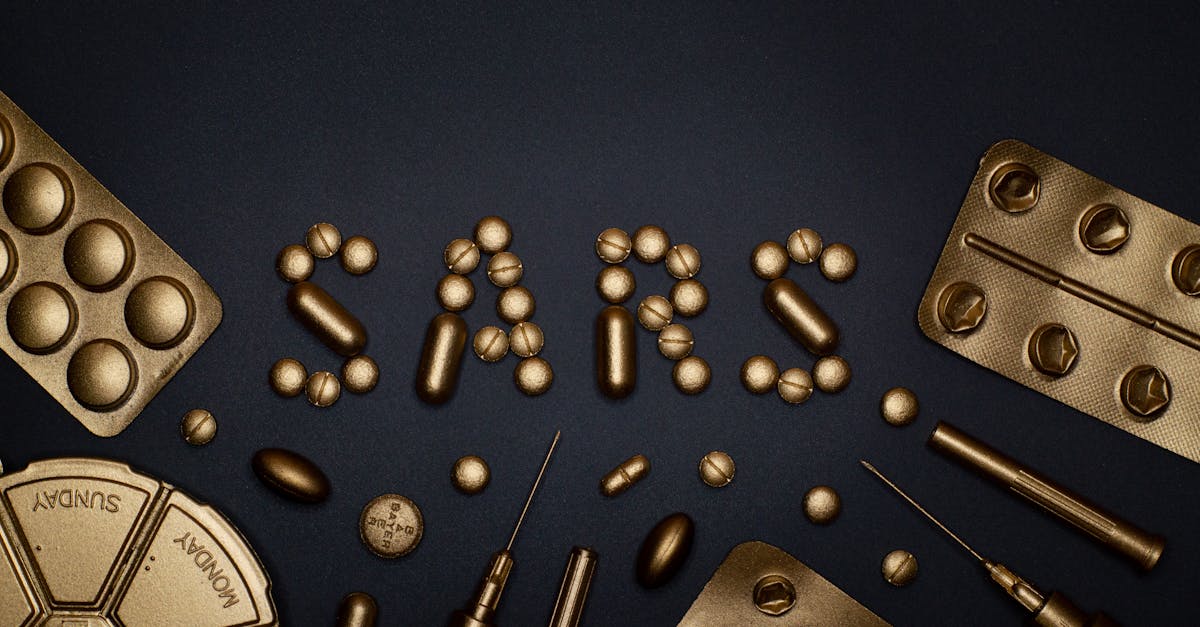Unveiling the Enduring Allure of Gold: Its Remarkable Resistance to Corrosion

Gold, the lustrous and precious metal, has captivated civilizations for centuries. Its alluring shine and enduring beauty have made it a symbol of wealth, power, and cultural heritage. But beyond its aesthetic appeal, gold possesses a remarkable property that sets it apart: its unmatched resistance to corrosion.
Gold’s extraordinary resilience against tarnishing and deterioration stems from its inert nature and unique atomic structure. This inherent characteristic has made gold the go-to material for applications where durability and longevity are paramount. From exquisite jewelry to cutting-edge electronics and medical devices, gold’s corrosion-resistant qualities have played a pivotal role in shaping human ingenuity and innovation.
Throughout history, gold has proven to be a timeless treasure, a testament to its enduring appeal. Its resistance to corrosion ensures that gold’s beauty, value, and functionality will continue to captivate generations to come. Join us as we delve into the fascinating world of gold and explore the remarkable ways in which its corrosion resistance has shaped its applications, heritage, and ongoing relevance in the modern world.
Key Insights:
- Gold’s exceptional corrosion resistance stems from its unique atomic structure and inert nature.
- Gold’s corrosion resistance ensures the enduring beauty and value of jewelry, making it a timeless material for adornment.
- In electronics, gold’s corrosion resistance is vital for the reliability and performance of electrical components, preventing malfunctions and signal loss.
- Gold’s biocompatibility and corrosion resistance make it an ideal material for medical implants and devices, promoting patient safety and reducing infection risks.
- Ongoing research focuses on enhancing gold’s corrosion resistance even further, paving the way for groundbreaking applications in demanding industries.
1. Gold’s Inert Nature: The Foundation of Corrosion Resistance
Unlike other metals that readily react with oxygen and moisture in the environment, gold remains inert and stable. Its atoms are tightly packed in a face-centered cubic lattice, forming a dense and protective barrier that prevents external elements from penetrating and causing oxidation or tarnishing. This atomic structure makes gold highly resistant to chemical reactions and the formation of corrosive compounds.
Furthermore, gold’s high electronegativity contributes to its corrosion resistance. Electronegativity measures the ability of an atom to attract electrons. Gold’s high electronegativity means that it has a strong affinity for electrons and does not easily give them up. This makes it difficult for other atoms or molecules to oxidize gold and form corrosive compounds.
2. Jewelry and Aesthetics: Enduring Beauty Preserved

Gold’s exceptional resistance to corrosion makes it an ideal material for crafting exquisite jewelry that can withstand the test of time. Unlike other metals that tarnish or discolor over time, gold maintains its radiant luster and beauty, ensuring that cherished pieces remain visually stunning for generations to come.
Gold’s inert nature prevents it from reacting with oxygen and moisture in the air, which are the primary causes of tarnishing. This means that gold jewelry does not develop a dull or oxidized appearance, preserving its original shine and allure. Additionally, gold’s high melting point makes it resistant to heat damage, allowing it to withstand the rigors of daily wear and accidental exposure to high temperatures.
Furthermore, gold’s malleability and ductility make it easy to shape and work with, allowing artisans to create intricate and delicate designs. The durability of gold ensures that these intricate details will not become damaged or distorted over time, ensuring that the beauty and craftsmanship of each piece is preserved for years to come.
3. Electronics and Advanced Technologies: Unlocking Precision and Reliability
In electrical applications, gold’s resistance to corrosion prevents the formation of resistive oxides and sulfides on electrical contacts. These oxides and sulfides can disrupt the flow of electricity, leading to malfunctions and reduced performance. Gold’s inertness ensures that electrical connections remain stable and reliable, even in demanding conditions with high humidity, temperature fluctuations, and exposure to corrosive substances.
Furthermore, gold’s ability to resist corrosion is crucial in high-frequency applications, such as microwave and radio frequency circuits. At high frequencies, even small amounts of corrosion can cause signal loss and degradation. Gold’s low resistivity and excellent corrosion resistance make it an ideal material for these applications, ensuring the transmission of high-frequency signals with minimal loss and distortion.
4. Medical Applications: Ensuring Biocompatibility and Safety

Gold’s exceptional corrosion resistance makes it a valuable material for medical applications, where biocompatibility and patient safety are of utmost importance. When implanted in the human body, medical devices and implants must withstand the harsh physiological environment without causing adverse reactions or compromising their functionality.
Gold’s inert nature and resistance to corrosion make it an ideal choice for a wide range of medical applications. It is commonly used in dental fillings, crowns, and bridges, where its resistance to corrosion and tarnishing ensures long-lasting performance and a natural appearance. Gold alloys are also used in orthopedic implants, such as hip and knee replacements, where their corrosion resistance and biocompatibility promote long-term success and reduce the risk of complications.
Furthermore, gold’s antibacterial properties make it a valuable material for surgical instruments and medical devices. Gold’s surface inhibits the growth of bacteria, reducing the risk of infections and promoting patient safety. This property is particularly important in critical care settings, where preventing infections is crucial for successful patient outcomes.
5. Industrial Versatility: Enhancing Durability and Performance
In chemical processing plants, gold is used in equipment that handles corrosive chemicals, such as pumps, valves, and reactors. Gold’s resistance to corrosion prevents the contamination of chemicals and ensures the long-term integrity of the equipment. Similarly, in the aerospace industry, gold is used in components that must withstand the harsh conditions of high altitudes and extreme temperatures. Gold’s resistance to corrosion and tarnishing ensures the reliability and safety of critical aerospace components.
Furthermore, gold’s corrosion resistance contributes to the durability and performance of electrical contacts and connectors in industrial machinery. In these applications, corrosion can lead to increased resistance and signal loss, compromising the performance of the equipment. Gold’s inertness prevents the formation of corrosion and ensures reliable electrical connections, even in harsh industrial environments.
6. Artistic Expressions: Preserving Heritage and Cultural Legacy
Gold’s exceptional corrosion resistance has played a pivotal role in preserving artistic masterpieces and cultural heritage across the ages. From ancient artifacts to contemporary sculptures, gold’s ability to withstand tarnishing and degradation has ensured that these works of art endure for generations to come.
In ancient Egypt, gold was highly valued for its beauty and durability. Egyptian artisans crafted intricate jewelry, statues, and funerary masks from gold, many of which have survived to this day in remarkable condition. Gold’s resistance to corrosion has allowed these artifacts to retain their original luster and intricate details, providing valuable insights into ancient Egyptian culture and craftsmanship.
Similarly, gold has been used in religious and cultural artifacts throughout history. Gold’s resistance to corrosion has ensured the preservation of sacred objects, such as the Golden Menorah in Jerusalem and the gold reliquary of the True Cross in Rome. These artifacts have immense historical and cultural significance, and their survival is a testament to the enduring properties of gold.
7. Latest Advancements: Pushing the Boundaries of Corrosion Resistance
The relentless pursuit of innovation has led to exciting advancements in enhancing gold’s corrosion resistance, opening up new possibilities for its use in cutting-edge applications. Researchers are exploring various techniques to further improve gold’s already impressive resistance to corrosion and expand its utility in demanding environments.
One promising area of research involves the development of gold alloys with improved corrosion resistance. By combining gold with other metals, scientists can create alloys that exhibit enhanced properties, such as increased hardness, strength, and corrosion resistance. These gold alloys have the potential to revolutionize industries where corrosion resistance is paramount, such as aerospace, marine engineering, and chemical processing.
Another exciting advancement is the development of nanostructured gold coatings. These coatings are engineered at the nanoscale, providing unique properties that enhance corrosion resistance. By controlling the size, shape, and arrangement of gold nanoparticles, researchers can tailor the coating’s properties to suit specific applications. These nanostructured gold coatings have shown promising results in protecting materials from harsh environments, such as high-temperature oxidation and acidic solutions.
Why is gold so resistant to corrosion?
Gold’s exceptional corrosion resistance stems from its unique atomic structure and inert nature. The atoms in gold are tightly packed in a face-centered cubic lattice, forming a dense and protective barrier that prevents external elements from penetrating and causing oxidation or tarnishing.
How does gold’s corrosion resistance benefit jewelry?
Gold’s corrosion resistance ensures that jewelry made from gold retains its beauty and luster over time. It does not tarnish or discolor, preserving the original appearance and value of the piece.
What role does gold’s corrosion resistance play in electronics?
In electronics, gold’s corrosion resistance is crucial for ensuring the reliability and performance of electrical components. It prevents the formation of resistive oxides and sulfides on electrical contacts, which can disrupt the flow of electricity and lead to malfunctions.
How does gold’s corrosion resistance contribute to its use in medical applications?
Gold’s corrosion resistance makes it an ideal material for medical implants and devices, as it promotes biocompatibility and reduces the risk of infection. Gold’s inert nature prevents the release of harmful ions into the body and inhibits the growth of bacteria on its surface.
What are some of the latest advancements in enhancing gold’s corrosion resistance?
Ongoing research is focused on developing gold alloys with improved corrosion resistance and creating nanostructured gold coatings. These advancements aim to expand gold’s utility in demanding applications, such as aerospace engineering and chemical processing.
Table of Key Insights:
| Key Insight | Description | |—|—| | Gold’s Inherent Corrosion Resistance | Gold’s unique atomic structure and inert nature render it highly resistant to corrosion and tarnishing, ensuring its longevity and allure. | | Preservation of Beauty in Jewelry | Gold’s corrosion resistance preserves the beauty and integrity of jewelry, maintaining its luster and value over time. | | Reliability in Electronics | Gold’s corrosion resistance safeguards electronic components, ensuring precision and reliability in critical applications. | | Biocompatibility in Medical Applications | Gold’s corrosion resistance promotes biocompatibility and safety in medical implants and devices, minimizing adverse reactions and infection risks. | | Advancements in Corrosion Resistance | Ongoing research focuses on enhancing gold’s corrosion resistance even further, expanding its potential in demanding industries.